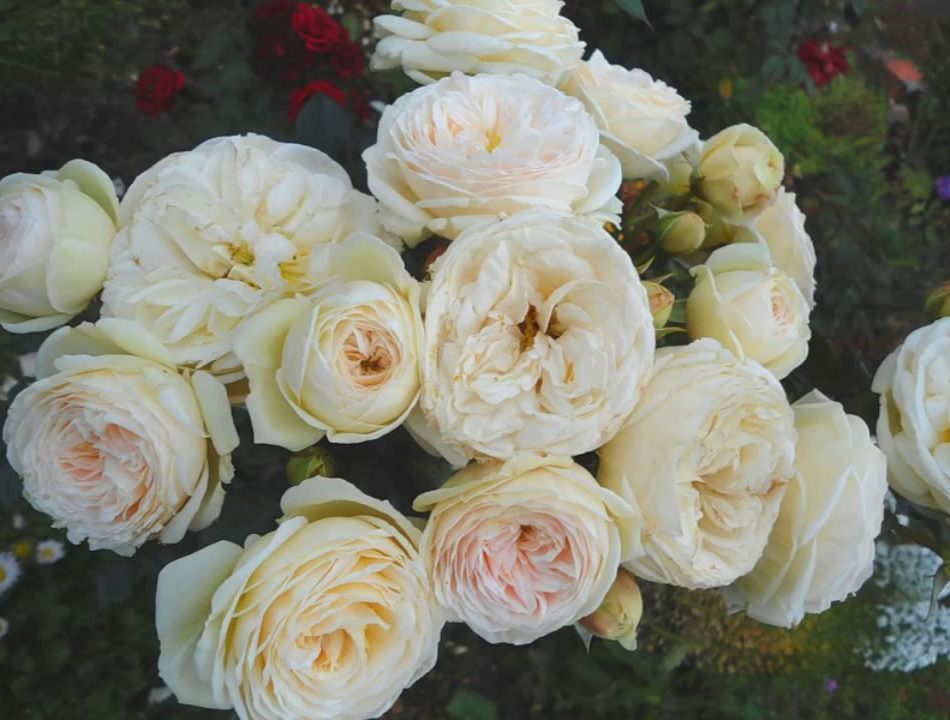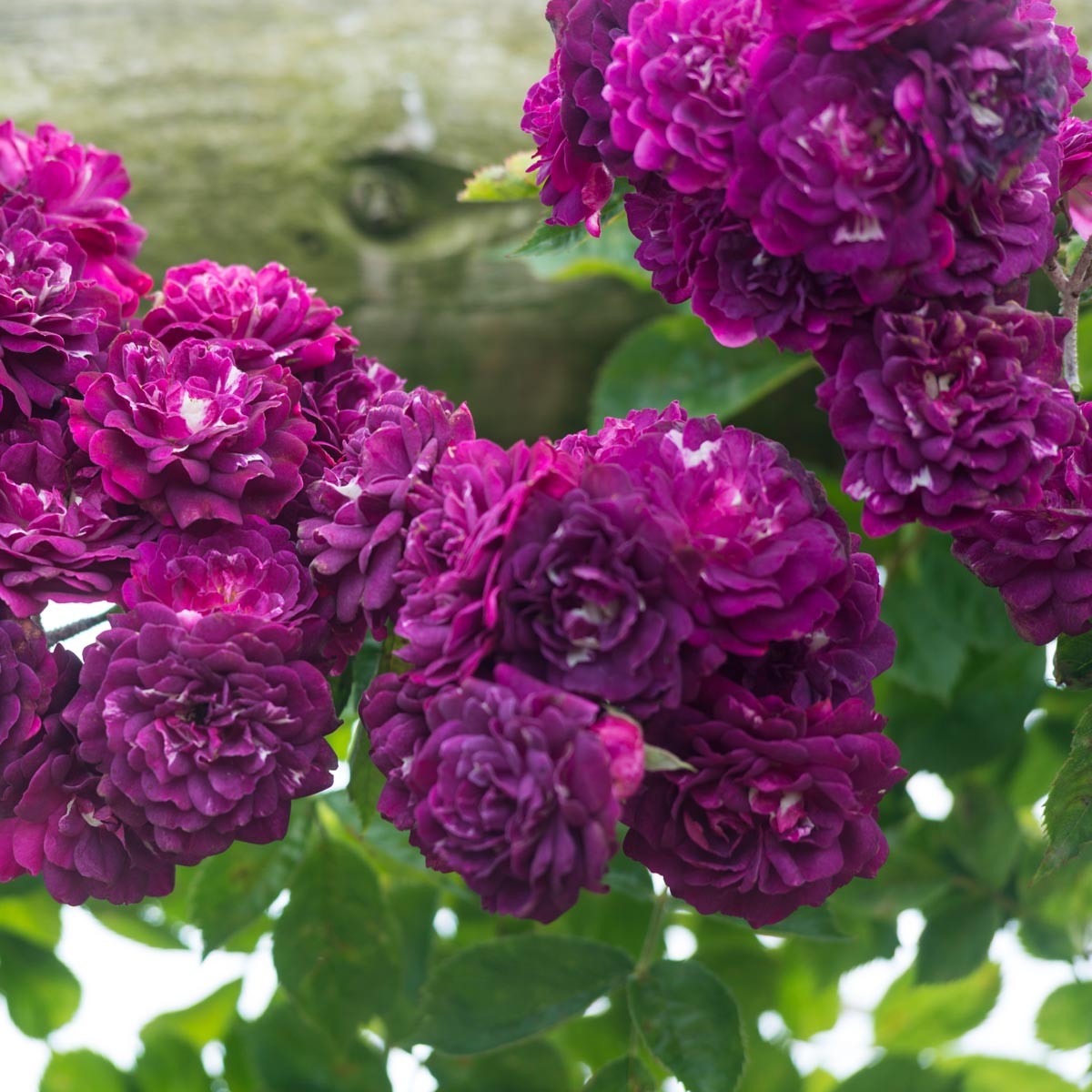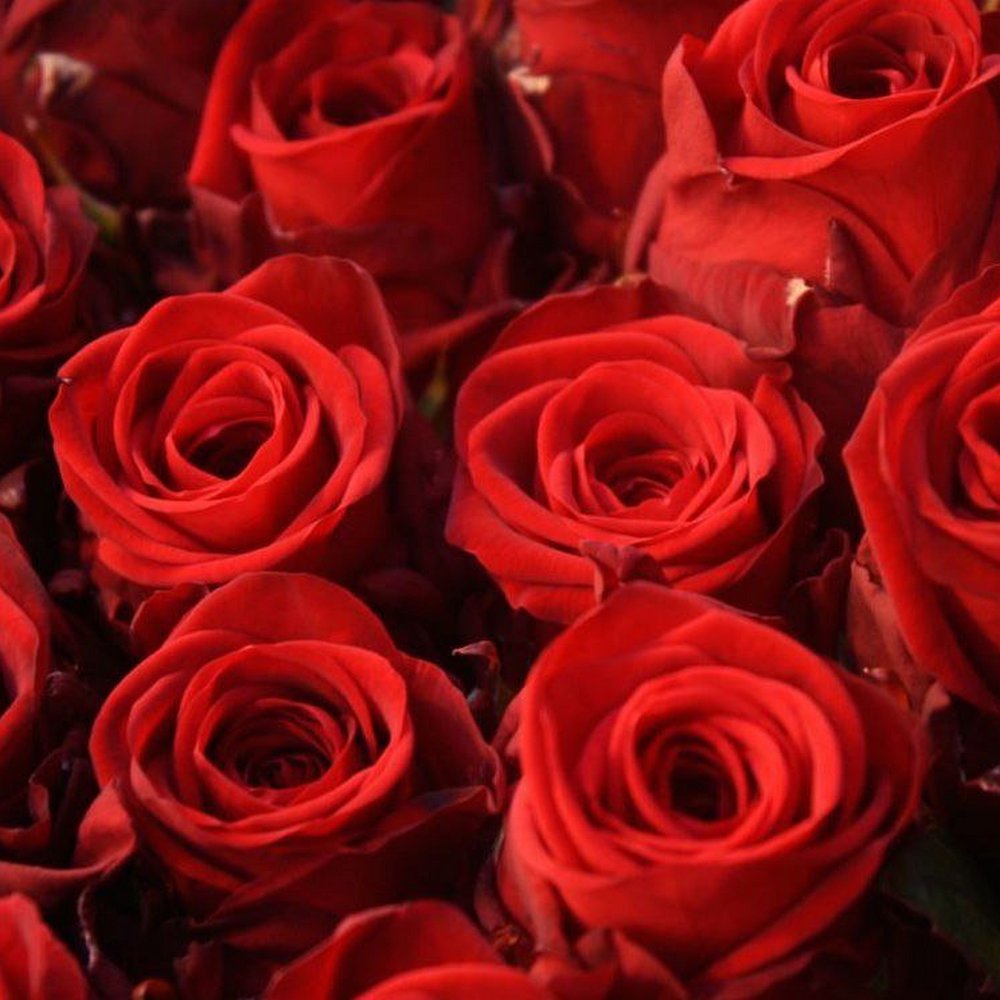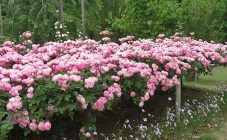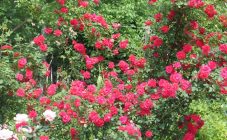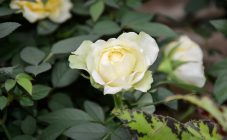Content:
Roses are one of the most common flowers, the luxurious bouquets of which leave few people indifferent. These flowers are an indispensable attribute of dates, various celebrations, can delight the eye of flower growers at their summer cottage.
Description of the most beautiful, best roses and their characteristics
There are many types and varieties of roses. But both a novice gardener and a summer resident with experience are familiar with the problem of choosing the most beautiful of the beautiful. Beautiful varieties of roses are described in more detail below in the rating.
Top 10 most beautiful roses:
- Artemis (Artemis). Shrub Artemis belongs to the Floribunda type, that is, it blooms profusely. The bush grows up to one and a half meters in height, the diameter of the bud is 5 to 8 cm. Flowers appear on large clusters from 5 to 10 pieces. They are spherical in shape and are creamy white. Luxurious roses exude a light and pleasant aroma. This variety is resistant to various diseases and insect pests. Prefers a well-lit place. Requires good shelter for the winter. Looks very good both alone and in landscape composition. It is also very pleasant to receive a luxurious white bouquet of these beautiful flowers as a gift.
- Black Baccara (Black Baccara). In unblown buds, the flower has a characteristic black color. During flowering, the rose takes on a dark burgundy color, but on acidic soils, the color will be black. Flowers grow up to 10 cm in diameter. The height of the bush is on average up to 8 cm. Average resistance to diseases and pests. The preferred landing site is partial shade, since it is here that you can achieve the darkest shade of the petals.
- Blue Magenta (Blue Magenta). Very rare but beautiful roses. This variety has a deep purple-purple hue. The plant reaches only half a meter in height. But on low-growing bushes there is an abundant color: on one such one you can count up to 25 flowers. The flowering period lasts about a month. The leaves are very small, with a glossy and shiny surface. The advantage of this variety is that it has almost no thorns. At the same time, it requires special care.
- Eiffel Tower (Eiffel Tower). The first thing that catches your eye is the long buds that resemble the Eiffel Tower, hence the name. These vibrant roses require a lot of attention. Inflorescences are dense pink with yellowness at the base, goblet, large, double. It is recommended to grow under cover when there are sharp temperature fluctuations. Eiffel Tower has a heady scent. The bush itself is graceful, upright with large foliage. The plant itself is very resistant to disease. It grows best in warm climates. It is important not to forget that varietal roses need feeding. It is best to combine it: use organic directly when planting a plant, and chemical when the plant begins to bloom. Also, many varieties of roses love abundant watering (strictly for the plant!). A necessary point is pruning, especially for diseases with powdery mildew and black spot, which is so common among flowers and initially spoils the seed box, preventing the plant from multiplying in the future. Pruning helps prevent disease from spreading further.
- Golden Showers (Golden Showers). The name translates as "golden soul", which well characterizes the shape of the plant itself. Thin stems of a climbing bush, on which beautiful gold-colored roses bloom. The petals are semi-double, wavy, forming a good combination with red stamens in the middle.Unfortunately, flowers bloom only once a year, and the flowering period lasts no more than 7 days. The bush is vigorous, reaching 2-3 meters in length. Disease resistance is average. The variety is very popular in England due to its resistance to rain. Despite the fact that the flower loves good light, it can easily tolerate partial shade.
- Olivia Rose Austin (Olivia Rose Austin). This rose is new, bred in 2014. Roses with a strong fruity aroma that spreads throughout the garden. The foliage is glossy. The plant is very resistant to disease. The flowers grow large and beautiful, the bushes are of the correct shape. It should be noted that the plant blooms very early and blooms continuously. Some summer residents note that it has good winter hardiness. It is interesting that the famous English breeder David Austin experimented for many years to create the unusual beauty of roses. He has done a lot of research trying to create beautiful rose flowers using several types of plants: Bourbon, Floribunda, Tea and some varieties of French roses. The goal was to showcase modern colors with continuous flowering without losing the classic beauty that is so inherent in roses. He managed to breed his own kind of roses, which Russian gardeners simply call "Ostinki". At the moment, there are a huge variety of varieties from ground cover to ordinary scrubs. The colors are dominated by shades of peach, red, apricot, yellow. The Ostins have very beautiful, compact, powerful bushes, on which abundantly flowering large-flowered inflorescences are located. The diameter of each bud reaches about 13 cm. The petals are double and do not fade in the sun.
- Red Naomi (Red Naomi). These are varieties of classic red roses. She is the only red rose with a large inflorescence. The flowers are goblet, dark red, densely doubled and exude a pleasant sweet aroma. This is a greenhouse variety, belongs to cut roses. Despite the fact that it was bred in the Netherlands, now it is very popular in Russia, and it can be confidently ranked among the varieties of Russian roses. It is interesting that in Russia roses for sale are grown using the same technologies as in the Netherlands - in greenhouses or, as they are called, rose gardens. The flower is inferior in size and quality to its Ecuadorian and Dutch counterparts, but Russian varieties of roses have a pronounced lively aroma. The most common varieties in Russia are: Red Naomi, Nostalgie, Talea and the Floribunda group of varieties.
- Rose de Resht (Rose de Resht). Flowers of this variety have an unusual shape and persistent aroma, which is characteristic of the so-called Portland variety. The real name has been lost, and it has been cultivated as Rose de Resht since the owner of the rose nursery found it near the Iranian city of Rasht and introduced it to the culture again. A feature of the culture is the continuity of flowering. In place of the cut flower, a new one immediately appears. Flowering lasts all summer, until August and longer.
- The Albrighton Rambler (Albrighton Rambler). Another kind of Ostinok. This is one of the varieties of climbing roses with small buds. Thin stems are capable of enveloping almost any texture, and loose inflorescences bring notes of sophistication to the entire composition. The height of such roses reaches 15-25 cm and the flowers do not exceed 3 cm in diameter. Rambler are the best varieties of roses for decorating landscapes, such as fences, due to their ability to curl.
- Vendela (Wendela). This is an elite hybrid tea, but one of the finest. It is weakly resistant to various fungal diseases, therefore the Vendela rose seedling must be very well protected from harmful microorganisms. This plant requires careful maintenance. It is necessary to monitor the balance of humidity, since abundant watering can lead to fungal infections. But the result is worth it, as these are the most beautiful roses that can diversify any landscape.
Very often people choose David Austin roses.Basically, these varieties are intended for cultivation in partial shade and in loamy soils. Such conditions are typical for many other species. If we consider the soil conditions and the location of the flower bed, then these flowers love light, breathing earth. It is categorically impossible to plant seedlings in clay, sandy and sandy loam soil, since it poorly permeates moisture and practically does not allow air exchange between the root system and the soil. In this case, experts recommend double digging with the addition of black soil, peat, sod land and well-rotted manure. In this case, the proportions should be kept approximately equal.
There is another type of very beautiful roses called rainbow roses. The idea of creating such a rose came from one owner of a flower company named Peter Van de Werken. The essence of growing a rainbow rose is simple and consists in the fact that Peter came up with the idea of cutting the stem of an ordinary white rose in such a way as to obtain several channels, to which subsequently water, painted with multi-colored dyes, passed. By dipping parts of the stem into different containers, Peter and his team of breeders were able to produce a stunning flower with petals in all colors of the rainbow.
The rainbow rose has become very popular. It is used to decorate weddings, anniversaries and special occasions. Roses, whose petals seem to have absorbed the entire rainbow spectrum, make any holiday more memorable, bright and colorful. In addition, rainbow flowers are actively used to decorate various floristic compositions.
By the way, these flowers are not for the poor: the cost of one flower can cost the buyer $ 10.
The main nuances and principles of agricultural cultivation
The best and most beautiful roses are able to amaze the imagination with their diversity and beautiful views.
Some varieties are not very common. Perhaps this is due to some of the difficulties that gardeners have to face when growing roses. But despite the prejudices, at present, many excellent varieties have been bred that are more resistant to pests and Russian frosts.
The main point contributing to the abundant flowering of the bushes is the environment and soil characteristics. Regardless of which variety of roses was chosen, you can always create a fertile soil yourself and solve the problem of growing a beautiful, but more picky flower. For example, roses with complex colors can be demanding on the composition of the soil. The leaves of these flowers are characterized by saturation of color tones. Smooth or abrupt transitions - the colors can be very different. Modern breeders can cross different varieties, bringing out interesting and unusual options that have both different colors and unusual shapes of leaves, stems and other parts of the plant. If the soil is not suitable, then such plants become unsightly, and their life cycle is significantly reduced.
These are just a few of the most beautiful roses. The list is endless, since every year new varieties are being bred that will differ from the previous ones both in their beauty and resistance to external conditions. Amateur gardeners always have the opportunity to purchase and grow a variety of varieties that can only please even the most experienced summer resident in this matter.
